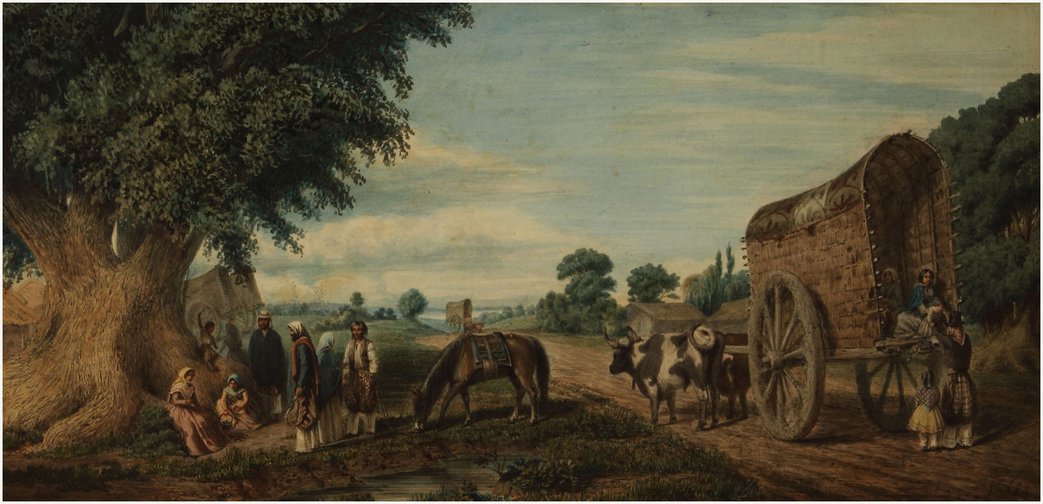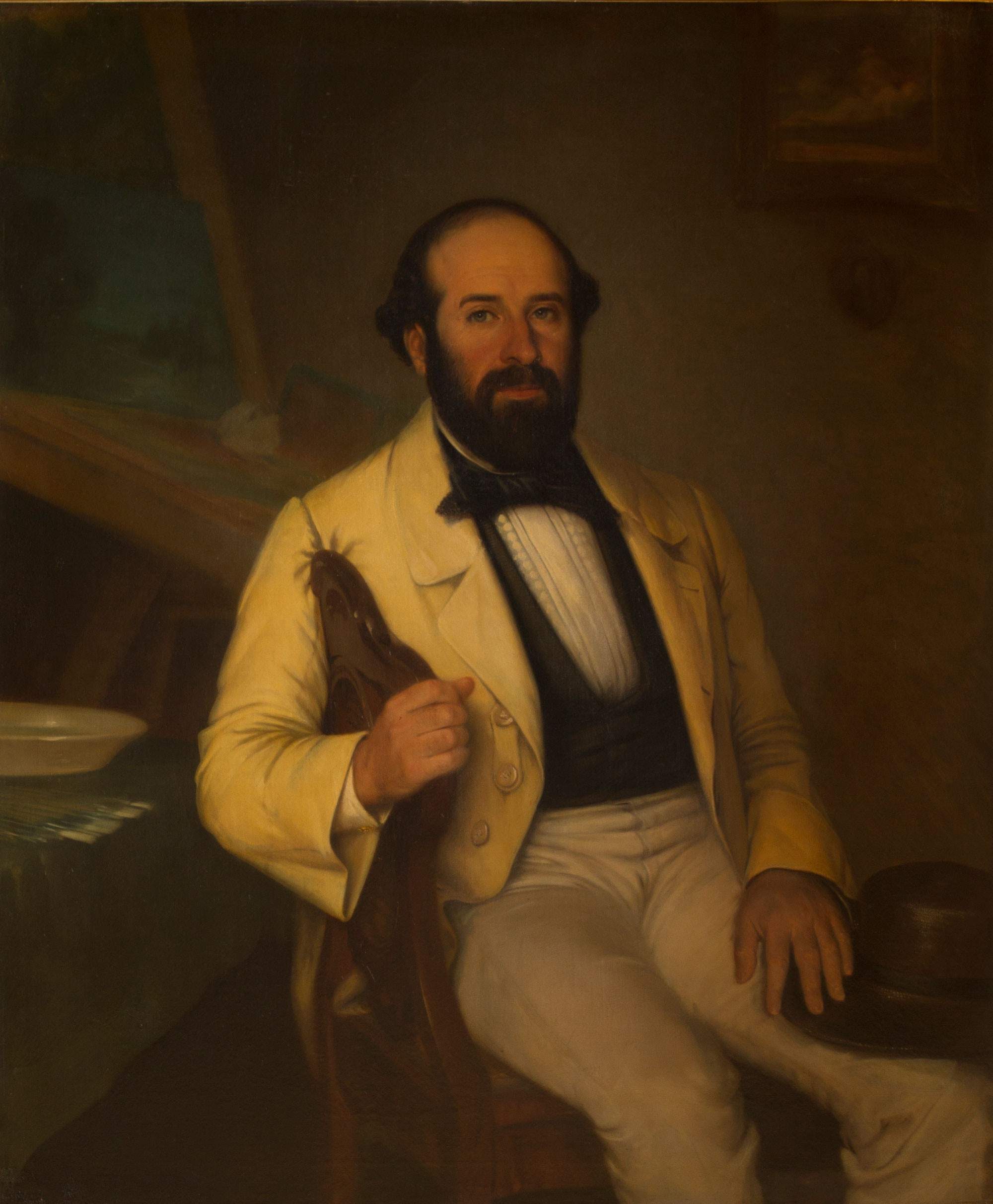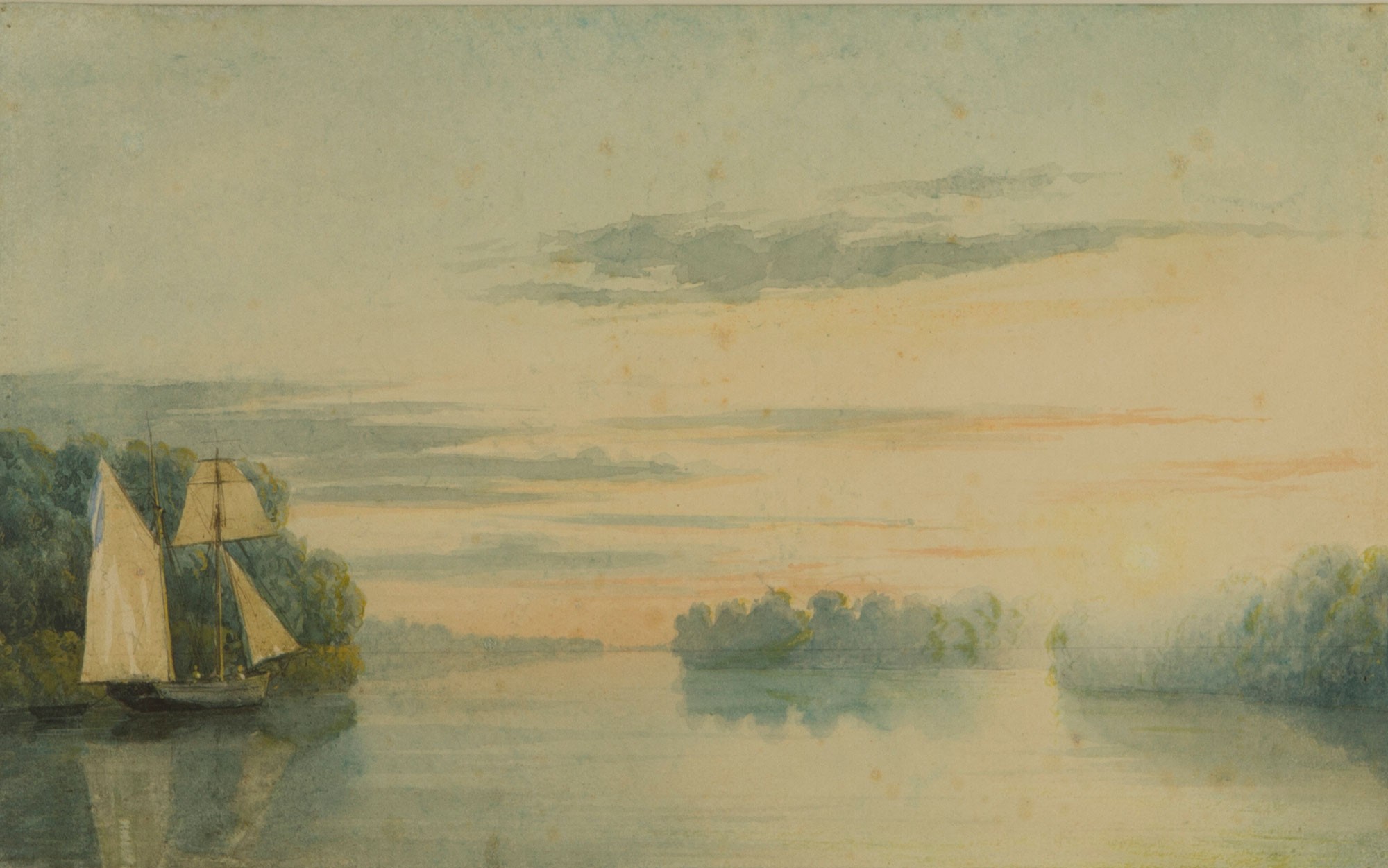Argentinian art
A vast panorama of Argentinean art, including works by its greatest representatives
Browse collection ›Curators: María Florencia Galesio, Patricia V. Corsani and Paola Melgarejo.
More information
From Nov. 24, 2023 to April 21, 2024
Sala de exposiciones temporarias
40 works on display
Curator: Florencia Galesio, Paola Melgarejo y Patricia Corsani
Download press kit
In recent years, the Museo Nacional de Bellas Artes has been fomenting the development of exhibitions that focus on early aesthetic experiences in this country that aspired to delineate the local character of its artistic production. These initiatives have implied returning to take a fresh look at the ideas and propositions that artists and intellectuals maintained during the 19th century regarding different modes of visually representing a young Argentina. This line of work has also enabled new perspectives for examining the institution’s vast collection of Argentinean art from that period.
The exhibition that we dedicate to Prilidiano Pueyrredón today is motivated by precisely that spirit, in addition to celebrating the bicentennial of his birth. Based on exhaustive research carried out by curators Florencia Galesio, Patricia V. Corsani and Paola Melgarejo, the proposal is to review the works in addition to aspects of the artist’s biography that led to him being considered Argentina’s first painter.
Both the innovative nature of Pueyrredón’s activity in an art field that was still in the making and the influence of his unusual degree of professionalization in developing his career are visible in the exhibition spaces, particularly in some of his most significant paintings—iconic pieces within the Museum’s patrimony—such as Retrato de Manuelita Rosas [Portrait of Manuelita Rosas] and Un alto en el campo [A Stop in the Countryside].
Andrés Duprat
Director
Museo Nacional de Bellas Artes
***
To commemorate the bicentennial of the great painter’s birth, the Museo Nacional de Bellas Artes presents Prilidiano Pueyrredón. Los orígenes del arte argentino [Prilidiano Pueyrredón. The Origins of Argentinean Art]. The majority of the works selected—watercolors and oils, done on paper, canvas and copper—come from the institutional collection in a survey of different stages in his career: from the period he spent abroad to his experiences in Buenos Aires, with an examination of the impact diverse events had on his production.
An untiring traveler, Prilidiano Pueyrredón (1823-1870) was educated in Europe and established his studios in Buenos Aires upon his return. As a professional painter, that is where he would work, show his art and teach the profession to his disciples. Aside from his educational mission and studio practice, his activity integrated an interest in disseminating his work via the graphic media of his day, in addition to exhibiting it in spaces that were as yet informal.
By way of his father, General Juan Martín de Pueyrredón, who had participated in the country’s fight for independence, Prilidiano maintained a close relationship with the era’s major figures. At the same time, he generated new contacts through his ties with outstanding intellectuals, politicians and writers, who became sources of commissions for paintings, especially portraits. He also dedicated himself to representing the diverse places he came to know on his travels, in views of Europe and the coast in Buenos Aires, with typical figures such as women doing washing or fishermen, while also painting gauchos in a broad repertoire of traditional rural scenes.
Prilidiano Pueyrredón occupies a seminal position within Argentina’s 19th century art due to aspects of his work such as his art education, the quality and variety of his production, his educational labor and the management of his works, facets responsible for his recognition as the first Argentinean painter.
María Florencia Galesio, Patricia V. Corsani and Paola Melgarejo
Curators
Costumbrism/Tradition
Presenting typical characters and situations that exalt popular traditions and figures are Costumbrism’s principal traits. In these compositions, earmarked by a nostalgic approach, characters exemplify different customs and the scenes identify the particularities of a city, region or community.
Costumbrist painting was at its peak during the period when Prilidiano Pueyrredón was living in Andalusia (from 1851 to 1854), when English and French travelers and artists reached Spain on a stop in their Grand Tour, representing this European country’s landscapes and popular figures. Pertaining to the romantic spirit, this picturesque strain continued to be practiced by the peninsula’s painters, whose images were in high demand on the part of foreigners. At the outset of the 19th century in the Río de la Plata area, descriptions of customs were similarly a motif among traveling artists, and in 1840, Argentinean Carlos Morel also handled these themes.
A Professional Painter
Prilidiano Pueyrredón developed his work like a truly professional artist. His academic technique is the result of a period of learning in a school or studio, with teachers guiding his steps. He worked in different genres (portraits, landscape, nudes, costumbrist scenes), had his own atelier, or studio, and fulfilled a teaching role and sought ways of disseminating his production.
Several of the artist’s paintings were reproduced in lithographic versions executed by Fermín Rezábal Bustillo—his closest disciple—in the weekly Correo del Domingo. Periódico Literario Ilustrado, achieving much wider circulation as a result.
In parallel, he was also in contact with numerous clients from society’s political and land-owning circles, who commissioned works by him.
Portraits and the Artist’s Circle
Prilidiano Pueyrredón gained the greatest prestige and recognition through the portrait genre, following the impetus generated by from his depiction of Manuela Rosas prior to traveling to Europe in 1851. When he returned to Buenos Aires in 1854, the personalities that he represented from then on make up a stable and loyal clientele, given that they shared ties of friendship, family or professional relations, where they all formed part of the same social circles. His portraits are typically naturalistic and seek to faithfully portray the model by means of the gaze, denoting the sitter’s inner spirit, in addition to careful observation of detail in clothing, jewelry and objects. His clients are especially appreciative of these aspects, making Pueyrredón the artist most highly in demand at the time.
The degree of professionalism he attained was reflected in the support he received from his clients. Some became collectors of his works, giving rise to an important aspect of an art environment that was still taking shape: that works of art were being circulated and consumed. A look at the gallery of personalities Pueyrredón portrayed simultaneously enables both a closer examination of his technique and an overview of Buenos Aires’ middle class during the mid 19th century.
Since spaces specifically suited for exhibiting art did not yet exist at that time, the painter made use of the storage facility pertaining to Fusoni Hermanos—an enterprise for selling crystal, mirrors and nautical articles—to present his work.
Travel: America and the European Grand Tour
Travel transformed Prilidiano Pueyrredón into an exquisite, elegant, courteous and cultured man who spoke six languages and was a lover of nature, opera and art. The knowledge he acquired from having lived and studied in different cities enriched his personality and his point of view regarding life and his profession.
The artist crossed the Atlantic ocean three times. The first trip (1835-1840) was marked by exile. His family had to leave the country in the context of Juan Manuel de Rosas’ government. The Pueyrredón family fled to France and settled in Bordeaux, visiting friends like General San Martín in Le Grand-Bourg, and spending their vacations in Jerez de la Frontera in Spain.
In 1840, they spent a year in Montevideo. From there, they relocated to Río de Janeiro in 1841, returning to the old continent in 1844. After a brief stay in England, the destiny was Paris. This turned out to be Pueyrredón’s most productive trip: he studied in the French capital, where he received his technical and artistic education, and toured various countries, visiting museums. In 1850, he returned to Buenos Aires with new ideas and projects.
Finally, after the third trans-Atlantic crossing—initiated after his father’s death—the artist and his mother settled in the southern part of Spain from 1851 to 1854. This was a personal and commercial voyage.
Once in Argentina, he did not manage to fulfill his intentions of returning to Europe. He settled definitively in the local setting, where he successfully positioned himself as an architect and dedicated himself to painting professionally.
The Coast and the Outskirts of the City
Landscape occupied an important place within Pueyrredón’s production. Using both watercolor and oils on paper, canvas and copper, he represented the Buenos Aires countryside as well as the Palermo Woods and the shorelines of both the Río de la Plata and Paraná rivers.
During his frequent walks along the coasts he would discover motifs for experimentation with the visual qualities offered by the vegetation, the water, the sky and atmospheric phenomena. While on these outings he would paint small watercolors that were works in themselves, rather than sketches used to compose larger scale paintings.
With a fluid knowledge of the era’s artistic tendencies, he interpreted the landscape by way of diverse languages. Accordingly, while in some works he adds anecdotal scenes, in others he dedicated himself to meticulously reproducing elements of nature, such as the ombú tree. In other images with a more intimate tone, natural settings denote a personal perspective.
His strolls through Palermo, along the San Isidro coast and in the Delta allowed him to delve further into his observation of nature and the sensations these surroundings awakened in him. His acquired knowledge enabled him to pass these impressions on to his paintings.









A vast panorama of Argentinean art, including works by its greatest representatives
Browse collection ›Get to know the great works on exhibit, and more
Browse collection ›